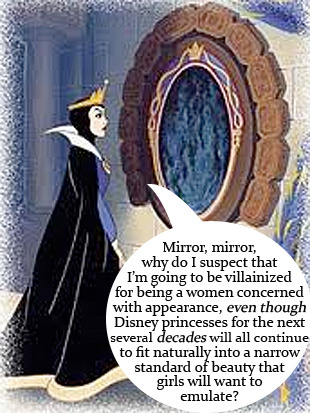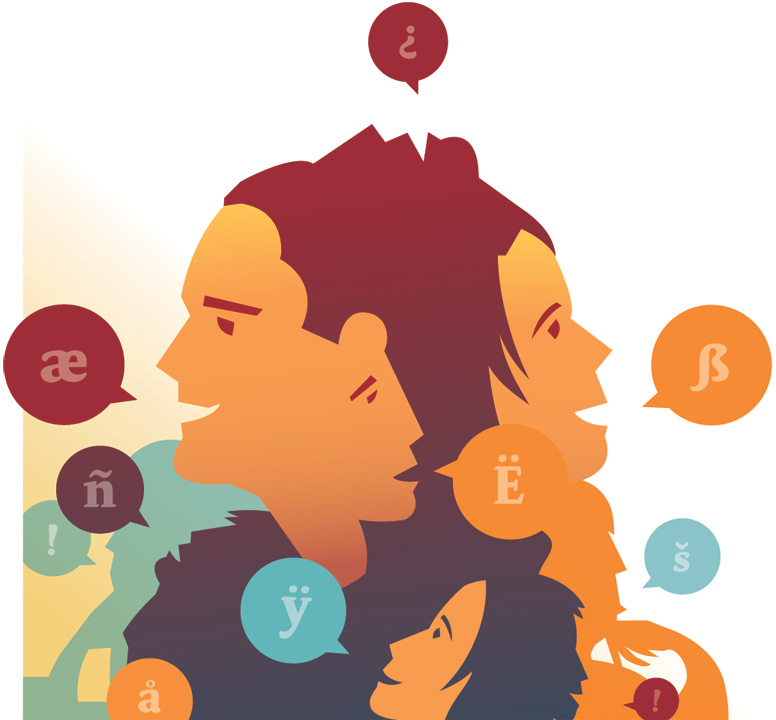For my Social Justice event, I
attended a lecture on campus by Ana Cano Morales, an advocate for Latino youth
that spoke in March for the Dialogue on Diversity. Even though we were
discussing the readings by Rodriguez and Collier around the time of her
lecture, I still found many parts of her presentation to be surprising, and
made a lot of connections to our discussions in class.
Morales began by telling the
story of her experiences as a young Latina girl in school, and how it was for
her to grow up as part of the minority community and how it impacted her
education. Her story is not the only one, however. The number of Latino youth
struggling to do well in school is rapidly increasing. To show this, Morales transitioned
into a presentation of statistics to help us get an idea about where Latinos
stand in our community economically and demographically:
·
In
Rhode Island, the population grew about 53% just last year, making it the
fastest growing population in the area. However, these people suffer from an
ELL (English Language Learner) Crisis, which means that ELL students
are falling drastically behind in core subjects
·
There is a significant achievement gap between
white English-speaking students and ELL students. An average about 2 – 2.5
grade levels lower than white students in reading and math
·
While
the language barrier appears to be the main gap between these ethnic groups,
but there are actually many more issues that cause more trouble than just
language differences:
o
The majority of Latino families struggle economically,
and many have trouble maintaining a safe home environment and sending their
children to school regularly, which drastically affects their education.
o
Latinos
are also vastly underrepresented in administrative and professional positions,
making it difficult for youth to imagine successful futures for themselves.
o
The
high level of first generation Latino students in schools makes it difficult
for children to learn English, since it is new to their family.
While listening to her speak,
the readings from Rodriguez and Collier immediately came to mind. Morales’
story and statistics revealed many of the same issues that came up in these two
articles about educating bilingual children. She said in her lecture that in
order for Latino students to be fully successful in school, teachers must be
proficient or almost in fluent in world languages. This way, they are able to
respect the home culture of the students and incorporate their first language
into the classroom, like Collier talks about. They shouldn’t have to sacrifice
their home culture like Rodriguez was forced to in order for them to succeed in
school.
I
was also able to connect this event to Christensen, who talks about imagining
possibilities for children in the media. She argues that if children cannot see
themselves as successful in the media, they will not be able to imagine those
possibilities for themselves in their careers. While Morales didn’t
specifically discuss the influence of the media, she did talk about the lack of
Latinos in positions of power, like teachers and administrators. This makes it
very difficult for children who come from these backgrounds to imagine
themselves as successful leaders in society and will be less motivated to do
well in school.
While we didn’t read
this article until after I attended the event, I am now also finding
connections in Morales’ lecture to Kahne and Westheimer, since she spent the
second part of her lecture talking about what can be done to fix the problem.
She gave solutions like establishing community housing, creating social
services, and starting school earlier with Latino students that will make
drastic improvements for their education. These steps are not charity actions,
but actions in the system that Kahne and Westheimer would call permanent, effective
changes that make lasting improvements in society.
I enjoyed listening
to Ms. Morales speak about these issues, and found it helpful to my learning in
this class. The information that she presented made me even more aware of the
problems that exist and gave me ideas as to how to help fix them. I was going
to take French as my second language here at RIC, but now after listening to her speak, I think
I might learn Spanish instead, so I can be of more help to the large percentage
of Spanish-speaking students in schools.
¡Gracias!
J






















